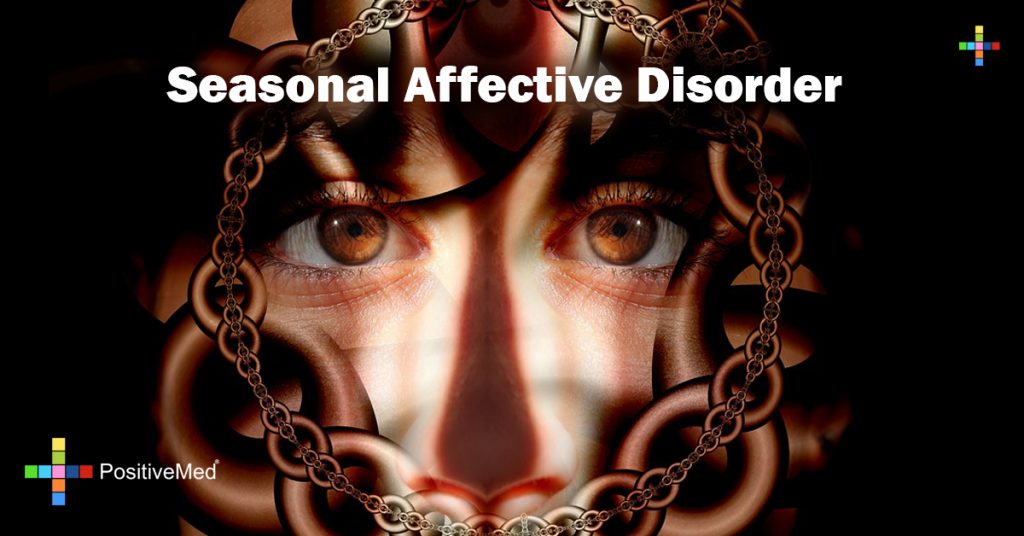
Seasonal affective disorder (also called SAD) is a type of depression that occurs at the same time every year. If you’re like most people with seasonal affective disorder, your symptoms start in the fall and may continue into the winter months, sapping your energy and making you feel moody. Less often, seasonal affective disorder causes depression in the spring or early summer.

Treatment for seasonal affective disorder includes light therapy (phototherapy), psychotherapy, and medications. Don’t brush off that yearly feeling as simply a case of the “winter blues” or a seasonal funk that you have to tough out on your own. Take steps to keep your mood and motivation steady throughout the year.
Experts are not sure what causes SAD, but they think it may be caused by a lack of sunlight. Those who are at the highest risk for SAD include female-bodied people (though male-bodied people often have more severe forms of the symptoms), live far from the equator, have a family history, or have clinical depression or bipolar disorder.
What are the symptoms?
If you have (winter) SAD, you may:
- Feel sad, grumpy, moody, or anxious
- Lose interest in your usual activities
- Eat more and crave carbohydrates, such as bread and pasta
- Gain weight
- Sleep more and feel drowsy during the daytime
- Feel overwhelming hopelessness
- Experience loss of energy
- Heavy, “leaden” feeling in the arms or legs
- Have difficulty concentrating
Symptoms come and go at about the same time each year. For most people with SAD, symptoms start in September or October and end in April or May.
If you have (spring) SAD, you may have:
- Anxiety
- Trouble sleeping (insomnia)
- Irritability
- Agitation
- Weight loss
- Poor appetite
- Increased love drive

What Causes SAD?
The specific cause of seasonal affective disorder remains unknown. It’s likely, as with many mental health conditions, that genetics, age and, perhaps most importantly, your body’s natural chemical makeup all play a role in developing the condition. A few specific factors that may come into play include:
* Your biological clock (circadian rhythm). The reduced level of sunlight in fall and winter may disrupt your body’s internal clock, which lets you know when you should sleep or be awake. This disruption of your circadian rhythm may lead to feelings of depression.
* Serotonin levels. A drop in serotonin, a brain chemical (neurotransmitter) that affects mood, might play a role in seasonal affective disorder. Reduced sunlight can cause a drop in serotonin that may trigger depression.
* Melatonin levels. The change in season can disrupt the balance of the natural hormone melatonin, which plays a role in sleep patterns and mood.
How is SAD diagnosed?
It can sometimes be hard to tell the difference between nonseasonal depression and SAD, because many of the symptoms are the same. To diagnose SAD, your doctor will want to know if:
You have been depressed during the same season and have gotten better when the seasons changed for at least 2 years in a row.
You have symptoms that often occur with SAD, such as being very hungry (especially craving carbohydrates), gaining weight, and sleeping more than usual.
A close relative – a parent, brother, or sister – has or had SAD.
It’s normal to have some days when you feel down. However, if you feel down for days at a time and you can’t seem to get motivated to do activities you normally enjoy, see your doctor. This is particularly important if you notice that your sleep patterns and appetite have changed or if you feel hopeless, think about suicide, or find yourself turning to alcohol for comfort or relaxation.
Disclaimer: This article is for informative purposes only, and should not be used as a replacement for expert medical advice.
SOURCES
Seasonal Affective Disorder, Mayo Clinic – Seasonal Affective Disorder, WebMD – Seasonal Affective Disorder, US National Library of Medicine – Seasonal Affective Disorder, Medicine (dot) Net – Seasonal Affective Disorder, American Psychiatric Association –





